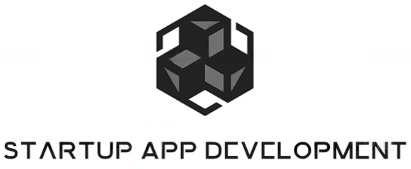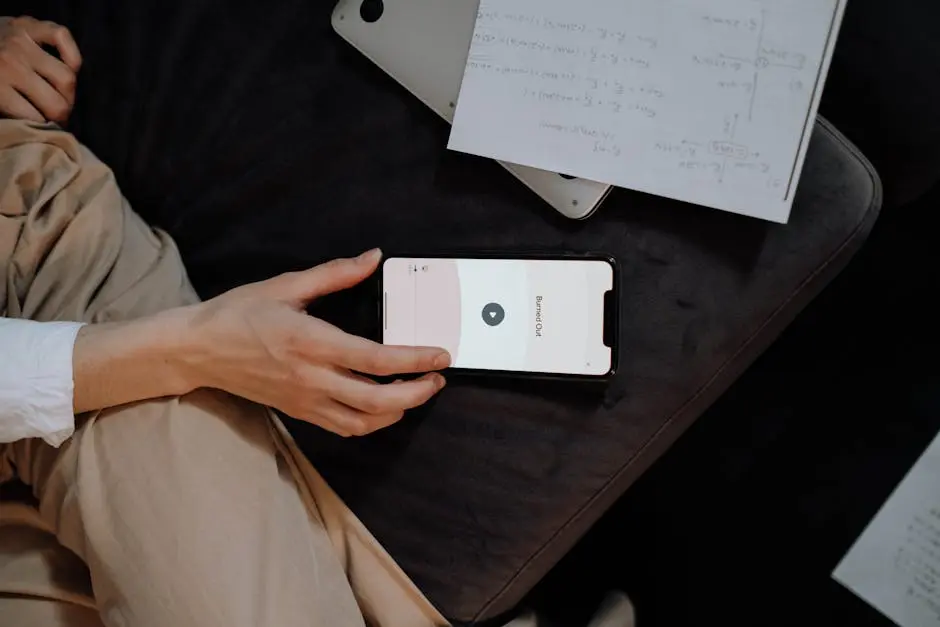In the fast-paced world of startups, every penny counts. For app developers working with startups, ensuring cost-effectiveness without sacrificing quality is crucial. This guide will delve into practical strategies that app developers can use to keep costs low while delivering top-notch products.
Leverage Open Source Tools and Technologies
Open-source tools can significantly cut down development costs. They provide robust, community-tested solutions that developers can use and adapt without licensing fees, making them ideal for budget-conscious startups. Many popular frameworks, such as React and Node.js, offer free resources that promote swift development cycles, all while maintaining high-quality standards.
Not only do these open-source tools reduce expenses, but they also allow startups to tap into a global community of developers. This can be incredibly beneficial for troubleshooting and gaining insights into best practices. As more developers contribute, the tools evolve, ensuring that they stay updated with the latest technological advancements.
Moreover, open-source platforms like GitHub provide a space for collaboration and sharing innovative solutions. Startups can leverage this collective knowledge, fostering a culture of learning and collaboration among team members.
Adopt an Agile Development Process
The agile methodology helps app developers adjust quickly to changes and avoid costly mistakes. By iterating on developments and receiving continuous feedback, developers can ensure they remain aligned with client needs, thus avoiding wasted resources.
Incorporating agile practices allows for flexibility and adaptability in the often unpredictable startup landscape. Regular sprints and reviews ensure that the development stays on track and that any necessary pivots can be made without significant budget overruns.
Communication is a cornerstone of the agile method, facilitating effective collaboration among all stakeholders. When teams are aligned, it reduces misunderstandings and rework, which can consequently help set a more predictable budget.
Through agile, developers create increments rather than a finished product right away, allowing startups to deploy functional app sections to test with users. This process not only sharpens the focus on user experience but also ensures that startups are not investing in features that might not deliver value.
Focus on Building a Minimum Viable Product (MVP)
Creating an MVP allows app developers to test core functionalities before investing in additional features. This approach ensures essential features are built and refined, validating the product with minimal costs before a full-scale launch.
Developing an MVP is crucial for startups that must be strategic about resource allocation. By concentrating initially on key functionalities, developers gather user feedback that guides further development without an outlay for non-essential features.
This lean approach is particularly valuable in capturing market interest and confirming business assumptions early in the process. Tailoring the app based on user interaction helps in crafting a product that aligns more closely with market needs.
For startups, building an MVP can significantly minimize financial risk. It’s a cost-effective way to operate since the need for extensive changes, which might demand higher budgets, is less likely when based on validated user feedback.
Utilize Cloud Services for Infrastructure
Cloud services offer scalable solutions at a lower cost compared to traditional infrastructure. By leveraging these services, startups can reduce initial investment and ongoing maintenance costs, paying only for the resources they use.
The ability to scale up or down based on demand is one of the most appealing aspects of cloud services. This feature is particularly beneficial for startups, which often experience fluctuating user activity.
Using cloud services such as AWS, Azure, or Google Cloud can also bolster security and reliability, providing startups access to high-quality infrastructure that might otherwise be out of reach
Ultimately, cloud services empower startups to focus on what they do best: innovating and designing great apps. With infrastructure handled externally, teams can concentrate on development and user engagement.
Engage in Regular Testing and Feedback Loops
Continuous testing and feedback are crucial in catching issues early, preventing expensive fixes later on. Regular testing ensures that the app functions as intended and changes can be made efficiently, keeping development costs in check.
Early and frequent testing minimizes the risk of larger issues going unnoticed. For startups, where time and budget are tight, this proactive measure prevents costly setbacks and project delays.
Feedback loops facilitate a user-centered approach, ensuring that developers are not operating in a vacuum and that the product evolves based on actual user needs and preferences.
By integrating feedback early in the development phase, any course corrections can be made without substantial reinvestment, saving startups precious time and resources.
Wrap Up: Smart Strategies for Cost-Effective App Development
By focusing on strategic planning, open-source resources, effective communication, agile methodologies, and robust testing, app developers for startups can deliver impressive and cost-effective apps. These practices not only save money but also pave the way for successful, sustainable growth in the competitive startup environment. For more insights on how we can help your startup succeed, visit our homepage.










